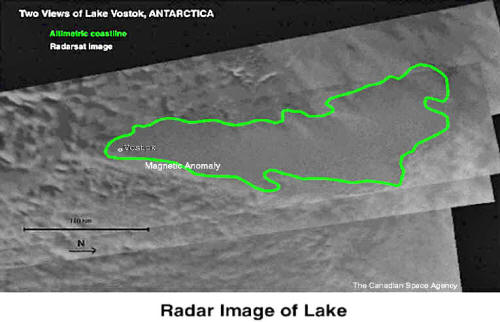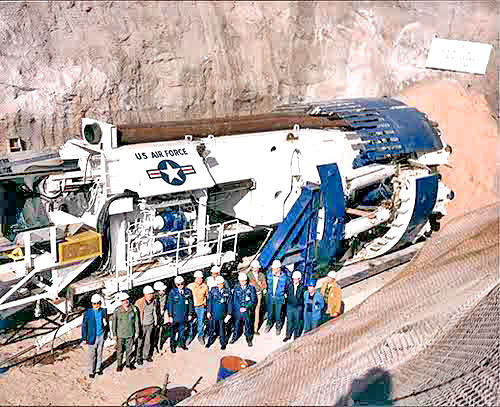|
from EnterpriseMission Website
One of the first things pointed out to us is that the phrase "filling your pockets with salt" - as reported in news stories about the replacement doctor being asked to bring salt packets to the South Pole, literally in her jacket pockets - is actually a term commonly used in the nuclear industry. It refers to the practice of taking iodine pills to shield peopleís thyroids during a nuclear emergency.
According to this source, "fill your pockets with salt" is industry lingo for "pop the iodine pills, weíre radioactive here."
Now, in the absence of iodine pills - which would certainly not be available in any significant quantity in a nuclear free zone like the Antarctic - the alternative would be to take large quantities of iodized salt.
This would neatly explain the shortage
(in fact, absence) of salt at the Pole -- at a time when there
should be plenty left in the supplies brought in at the beginning of
the calendar year (end of the Antarctic Summer). In our "scenario,"
itís been used up -- not just by workers under prolonged outside
exposure to the dehydrating conditions of the Pole itself, but
perhaps to high levels of radioactivity incurred in their pursuit of
a "Special Project" on the Continent!
It is this second possibility we now consider the most likely, in our continuing "scenario."
Decades ago, the US government, under the auspices of the Atomic Energy Commission and the military services, quietly began research on nuclear-powered tunneling devices.
The idea was that superheated fluids used to cool the reactor itself could be redirected to the tip of the bore, literally melting the solid rock in front of the "drill" and leaving a 40-foot wide, smooth glass encased tunnel in itís wake (kind of reminds one of what weíve recently found on Mars ... doesnít it?).
Patents were even issued (U.S. Patent No. 3,693,731 dated Sept. 26, 1972), and the devices were apparently operational by the mid 1970ís. The boring machines, dubbed "nuclear subterrenes," have evidently been used for secret "black" tunneling projects since that time.
Itís easy to imagine a smaller, more
compact and less powerful version (built, for instance, around NASAís controversial Snap-100 space power reactor) being adapted to
effectively cut vertically down through the ice to get to Vostok. It
is also possible that if such a device were rushed into the field
(because of a "2001" deadline?), it might not have quite enough
shielding ... or might, in fact, have little or none at all! This
could easily lead to direct exposure of the workers to dangerously
"high levels" of radiation - as they were engaged in the secret,
crash project to "get through the ice" at all costs ...
He had no
bandages on his head, and had a full unshaven head of hair. He even
spoke coherently when interviewed. Another report noted that four of
the extractees that had to be hospitalized had been "lost" by the
hospital -- they could not account for their whereabouts. We are
attempting to confirm this aspect of the story with our sources in
New Zealand.
He did not comment on whether, to his knowledge, the NSA had taken over any part of his project, or had a similar project of its own.
I have asked him for clarification on this aspect of the story and will publish his answer if and when I get it.
|


